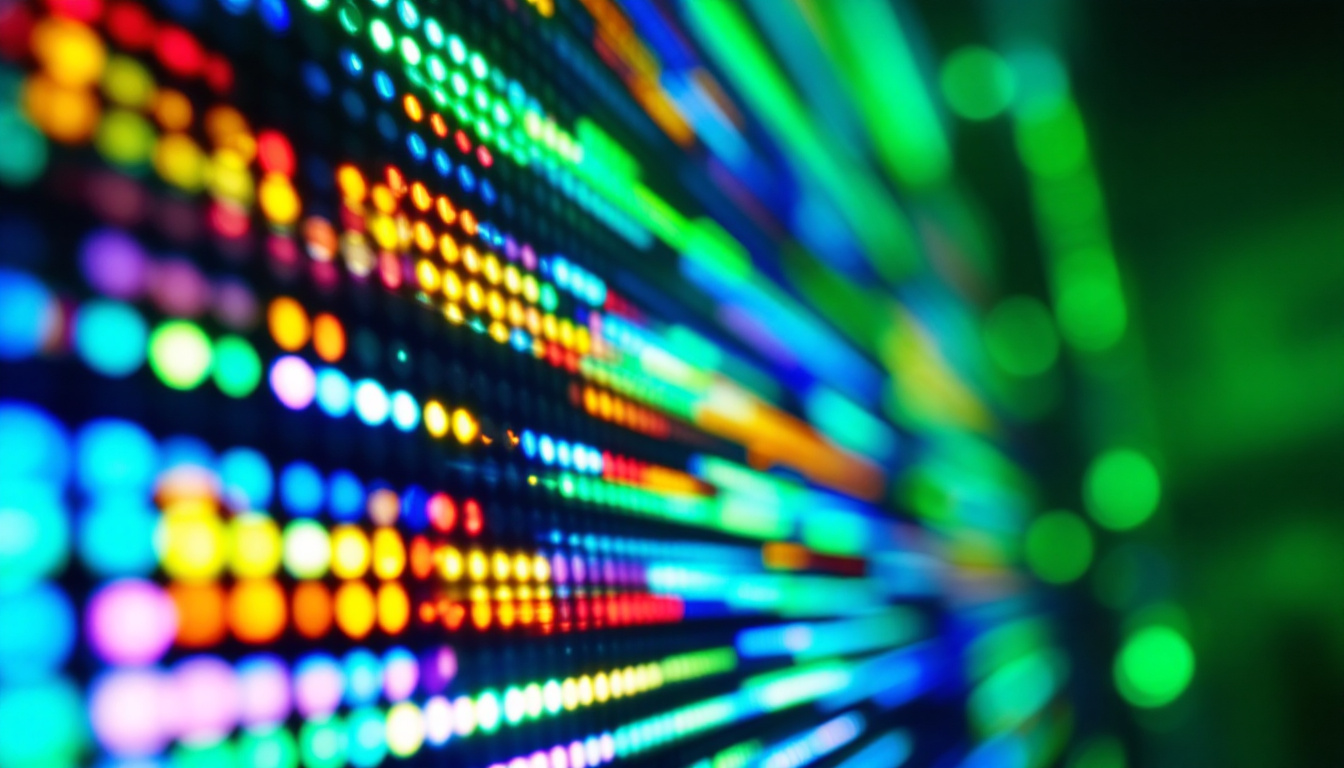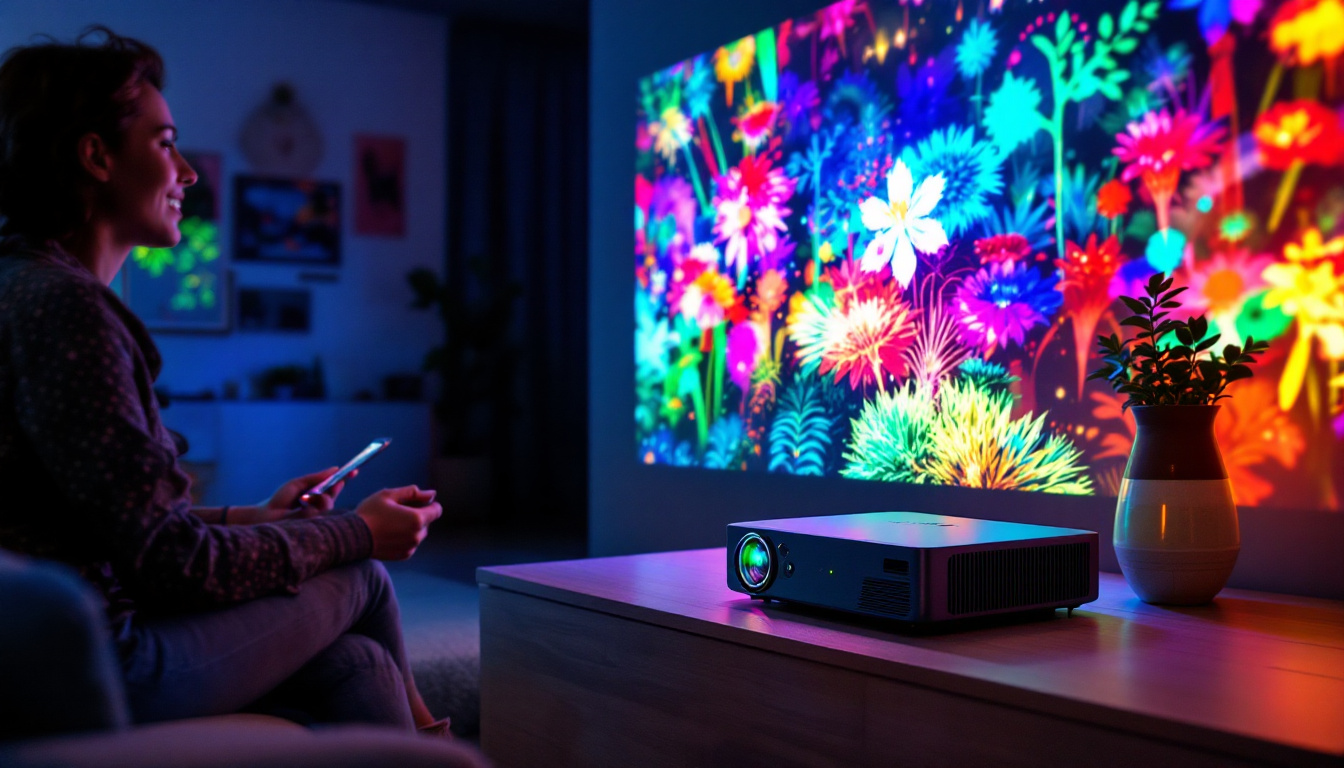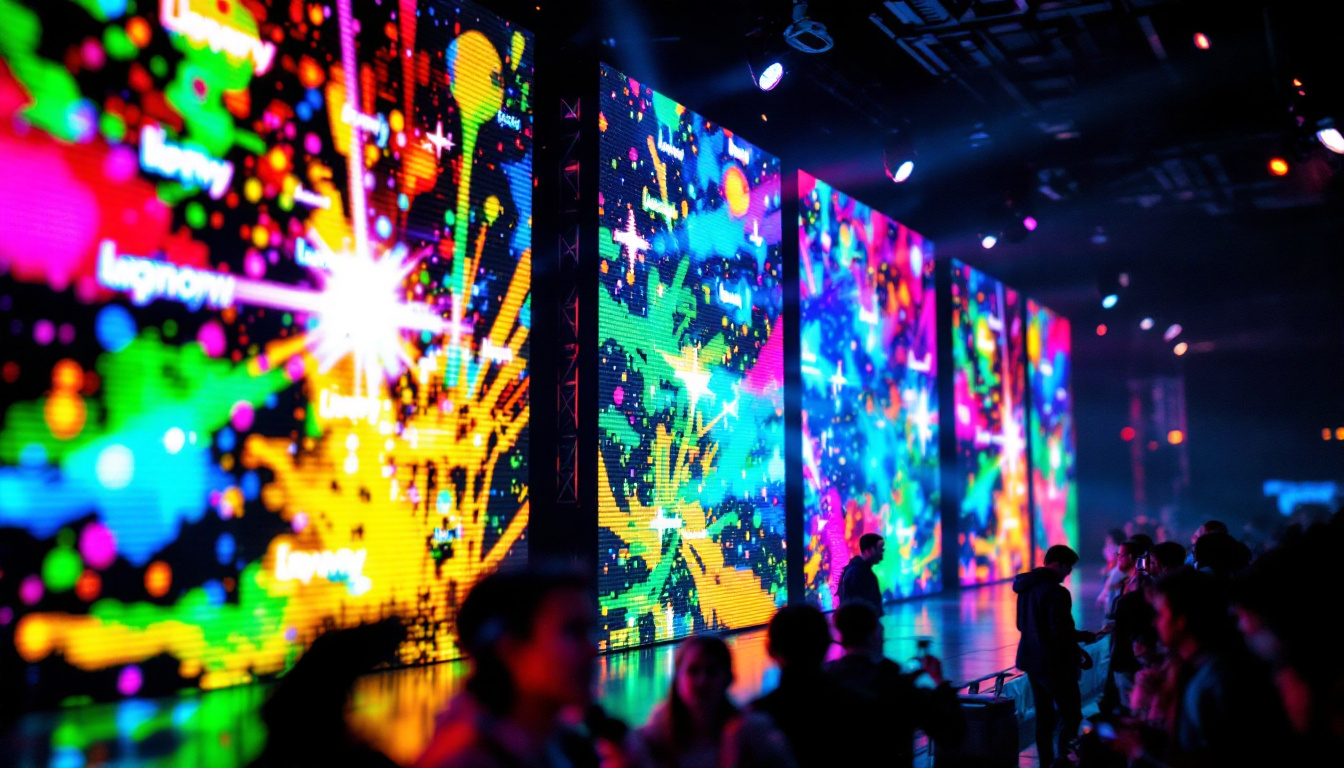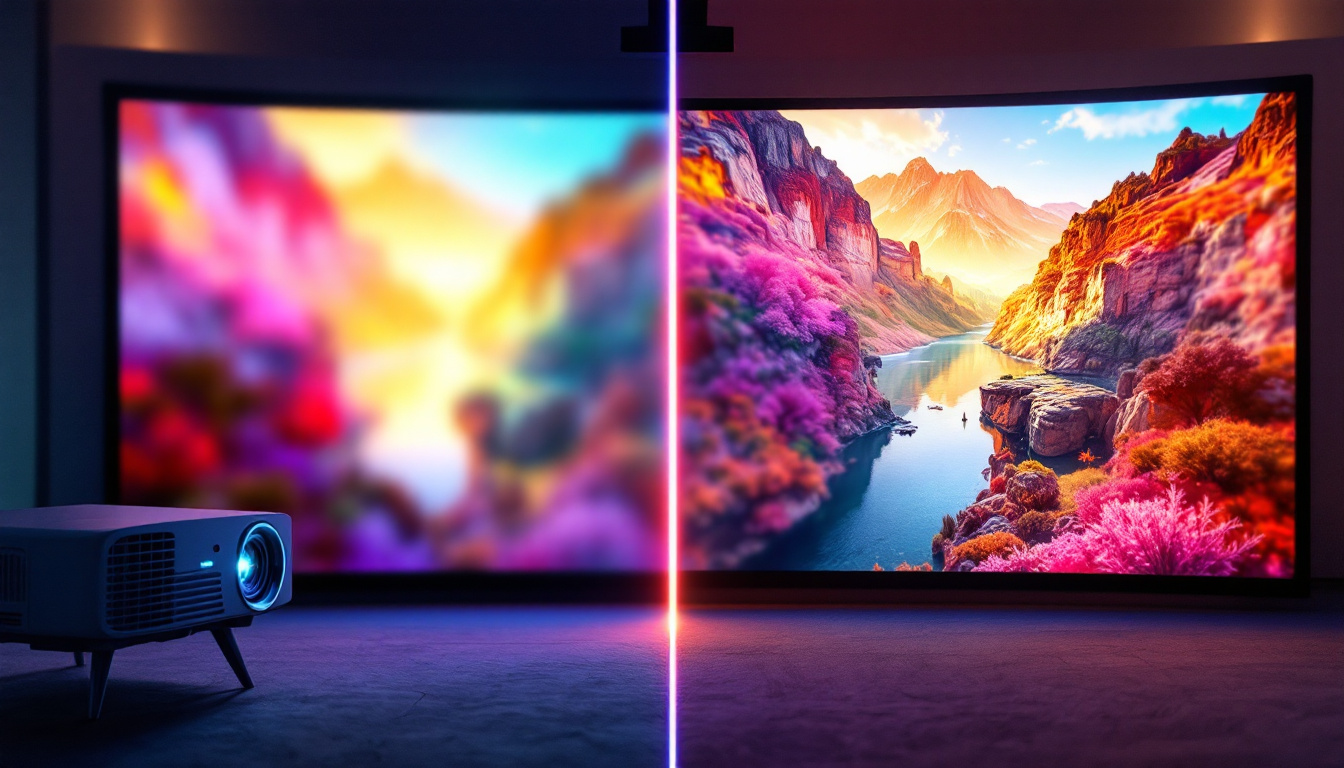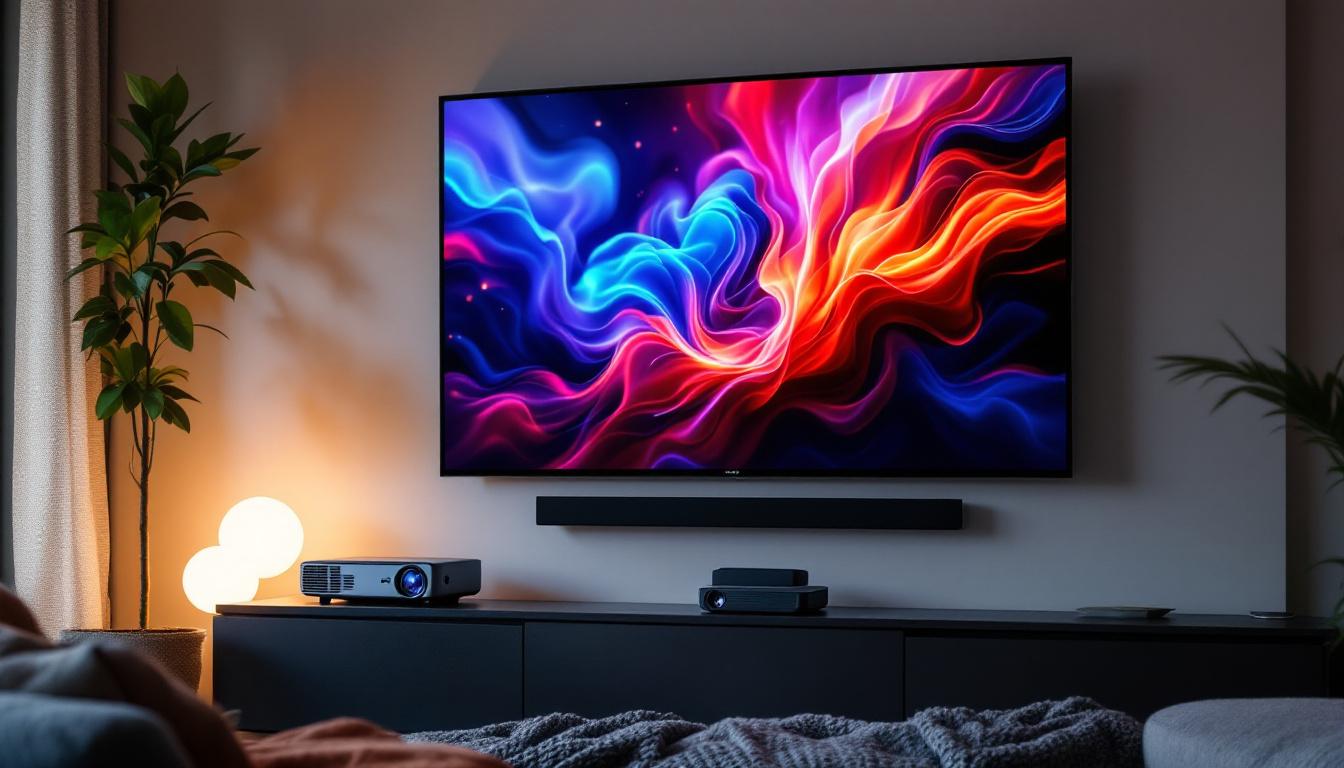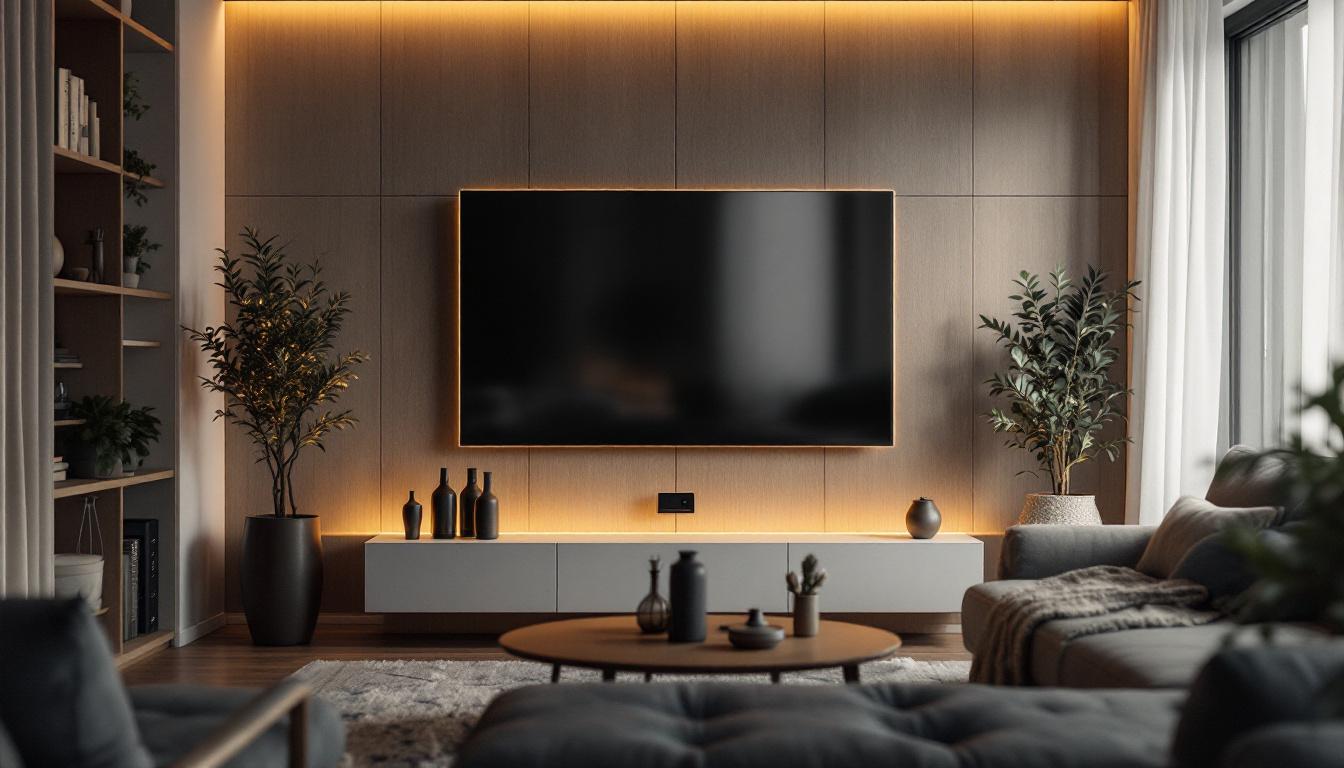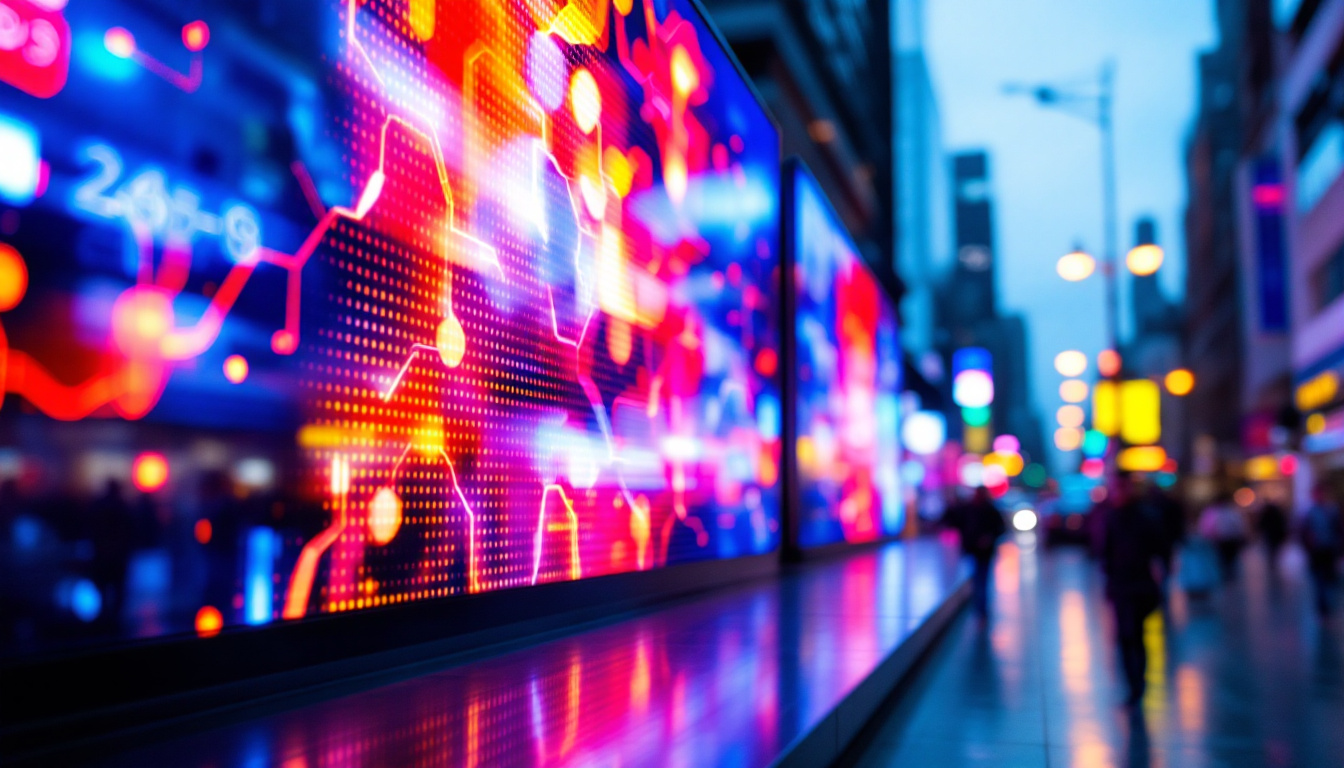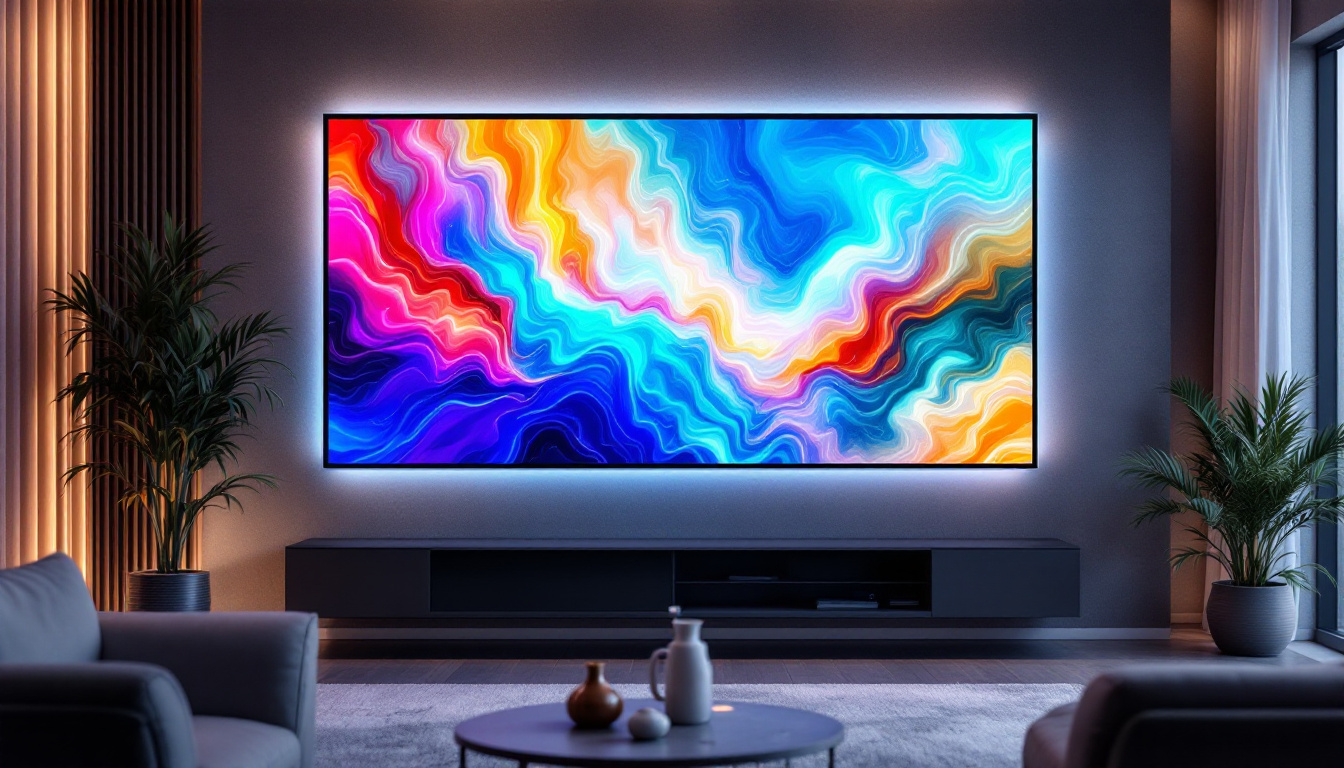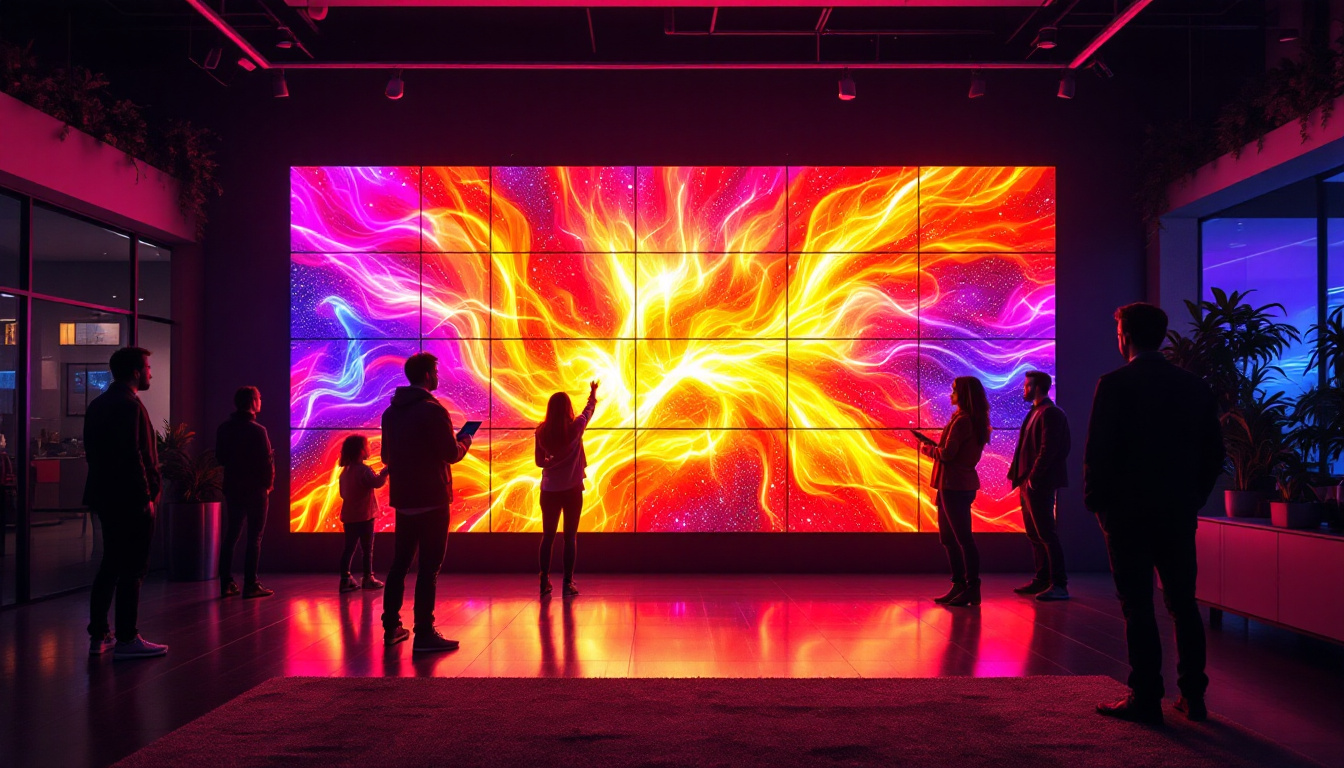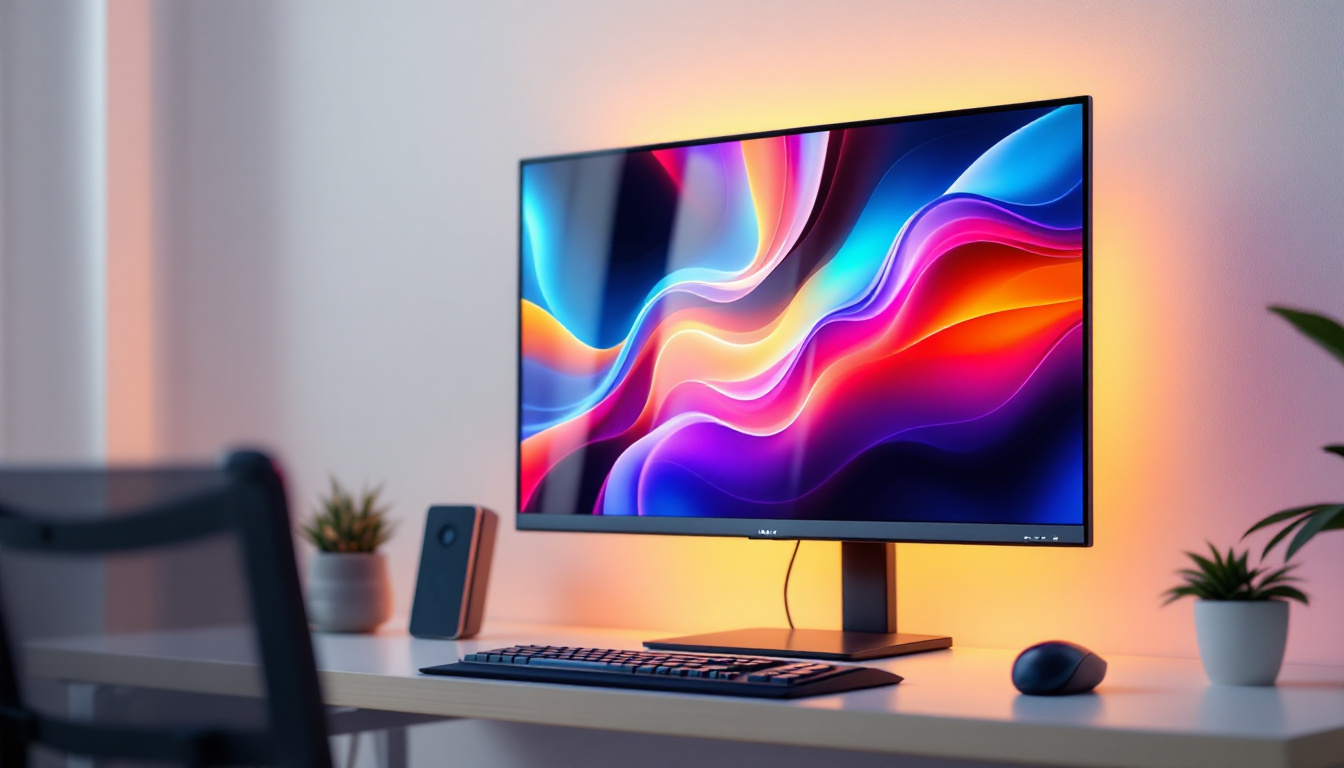In the realm of modern technology, flat panel display monitors have become ubiquitous, serving as essential tools in both professional and personal environments. Among the various types of displays available, LED (Light Emitting Diode) technology has emerged as a popular choice due to its superior performance and energy efficiency. This article delves into the intricacies of LED displays, exploring their features, advantages, and the technology behind them.
Understanding Flat Panel Displays
Flat panel displays are characterized by their slim, lightweight design, which sets them apart from traditional bulky cathode ray tube (CRT) monitors. These displays utilize various technologies to produce images, including LCD (Liquid Crystal Display), OLED (Organic Light Emitting Diode), and LED. While LCDs and OLEDs are often discussed in conjunction with LED technology, it is essential to clarify how LED displays fit into this landscape.
Types of Flat Panel Displays
Flat panel displays can be categorized into several types based on the technology they employ. The most common types include:
- LCD (Liquid Crystal Display): Utilizes liquid crystals sandwiched between two layers of glass. Backlighting is necessary to illuminate the display.
- LED (Light Emitting Diode): A type of LCD that uses LEDs for backlighting, enhancing brightness and color accuracy.
- OLED (Organic Light Emitting Diode): Each pixel emits its own light, allowing for deeper blacks and more vibrant colors.
Each type of display has its strengths and weaknesses, but LED displays have gained significant traction due to their balance of performance and cost-effectiveness.
The Evolution of Display Technology
The evolution of display technology has been marked by significant advancements that have transformed the way images are produced and viewed. The transition from CRT to flat panel displays marked a significant leap in technology, leading to thinner, lighter, and more energy-efficient screens. As technology progressed, the introduction of LED backlighting in LCDs further improved image quality, allowing for brighter displays with better contrast ratios.
Today, LED technology is at the forefront of display innovation, with continuous improvements in brightness, color accuracy, and energy efficiency. This evolution has made LED displays the preferred choice for a wide range of applications, from home entertainment systems to professional workstations.
How LED Displays Work
LED displays operate by using a matrix of tiny light-emitting diodes to create images. These diodes emit light when an electric current passes through them, allowing for precise control over brightness and color. Understanding the underlying technology can provide insights into the advantages of LED displays.
The Components of an LED Display
An LED display consists of several key components that work together to produce high-quality images:
- LED Backlight: In LED-backlit LCDs, a series of LEDs provide the necessary illumination for the liquid crystals. This backlighting can be either edge-lit or full-array, with full-array offering better uniformity and contrast.
- Liquid Crystal Layer: This layer contains liquid crystals that modulate light to create the desired image. When an electric current is applied, the crystals align to control the amount of light that passes through.
- Color Filters: These filters are used to produce the full spectrum of colors by allowing specific wavelengths of light to pass through, creating the final image that is visible to the viewer.
By combining these components, LED displays can achieve impressive levels of brightness and color accuracy, making them suitable for various applications.
Types of LED Displays
LED displays can be further classified into different types based on their configuration and application:
- Direct View LED Displays: These displays use individual LEDs to create images, eliminating the need for backlighting. They are commonly used for large outdoor screens and digital billboards.
- LED-Backlit LCD Displays: These are the most common type of LED displays, where LEDs are used to backlight an LCD panel. They offer a good balance of performance and cost.
- Mini-LED and Micro-LED: These are advanced technologies that use smaller LEDs for backlighting or individual pixel illumination, resulting in enhanced contrast and color performance.
Each type of LED display has its unique advantages, catering to different needs and preferences in the market.
Advantages of LED Displays
LED displays have gained popularity for several compelling reasons. Their advantages make them a preferred choice for many users, from casual consumers to professional designers.
Energy Efficiency
One of the most significant advantages of LED displays is their energy efficiency. Compared to traditional CRT monitors and even some LCDs, LED displays consume less power. This not only reduces energy costs but also contributes to a lower carbon footprint, making them an environmentally friendly option.
Superior Image Quality
LED displays are known for their superior image quality, characterized by bright colors, high contrast ratios, and sharp images. The use of LED backlighting allows for more precise control over brightness and color, resulting in a more vibrant viewing experience. This is particularly beneficial for applications that require accurate color reproduction, such as graphic design and photography.
Longevity and Durability
LED displays are built to last, with a longer lifespan compared to traditional display technologies. The solid-state nature of LEDs means they are more resistant to shock and vibration, making them suitable for a wide range of environments. Additionally, the reduced risk of burn-in, especially in LED-backlit LCDs, enhances their durability over time.
Applications of LED Displays
The versatility of LED displays allows them to be used in a variety of applications across different industries. Their ability to deliver high-quality visuals makes them suitable for both consumer and professional use.
Consumer Electronics
In the consumer electronics sector, LED displays are widely used in televisions, computer monitors, and mobile devices. The demand for high-definition content has driven the adoption of LED technology, providing users with an immersive viewing experience. With features like 4K and 8K resolution becoming more prevalent, LED displays are at the forefront of home entertainment.
Commercial Use
LED displays are increasingly used in commercial settings, including retail stores, airports, and corporate environments. digital signage powered by LED technology allows businesses to engage customers with dynamic content, promotions, and advertisements. The bright and vibrant nature of LED displays ensures that messages are easily visible, even in well-lit environments.
Professional Applications
In professional fields such as graphic design, video editing, and medical imaging, LED displays are essential tools. Their accurate color representation and high resolution enable professionals to work with precision and detail. Additionally, the ability to calibrate LED displays ensures that colors remain consistent across different devices, which is crucial for tasks that demand accuracy.
Choosing the Right LED Display
When selecting an LED display, several factors should be considered to ensure that the chosen monitor meets specific needs and preferences. Understanding these factors can help users make informed decisions.
Screen Size and Resolution
The size and resolution of the display play a critical role in the overall viewing experience. Larger screens with higher resolutions provide more detail and allow for a more immersive experience. For professional applications, a 4K resolution is often recommended, while casual users may find 1080p sufficient for their needs.
Refresh Rate and Response Time
For gamers and those who engage in fast-paced content, the refresh rate and response time of the display are crucial. A higher refresh rate (measured in hertz) ensures smoother motion, while a lower response time reduces motion blur. These factors are particularly important for gaming monitors, where performance can significantly affect gameplay.
Connectivity Options
Modern LED displays come equipped with various connectivity options, including HDMI, DisplayPort, and USB-C. Ensuring that the chosen monitor has compatible ports for existing devices is essential for seamless integration. Additionally, features like built-in speakers and USB hubs can enhance the overall user experience.
Future of LED Display Technology
The future of LED display technology is promising, with ongoing advancements that continue to push the boundaries of what is possible. As the demand for higher resolutions and better color accuracy grows, manufacturers are investing in research and development to create even more sophisticated displays.
Emerging Technologies
Innovations such as Mini-LED and Micro-LED technologies are set to revolutionize the display market. These technologies offer improved contrast ratios and color performance, making them ideal for high-end applications. As production costs decrease, it is expected that these advanced displays will become more accessible to consumers.
Integration with Smart Technologies
The integration of LED displays with smart technologies is another trend that is shaping the future. Smart displays that connect to the internet and offer interactive features are becoming increasingly popular in both consumer and commercial markets. This integration allows for personalized content delivery and enhanced user engagement.
Sustainability Initiatives
As environmental concerns continue to grow, manufacturers are focusing on sustainability initiatives in their production processes. This includes using eco-friendly materials and improving energy efficiency in LED displays. Consumers are becoming more conscious of their choices, and sustainable practices are likely to play a significant role in the future of display technology.
Conclusion
LED displays have transformed the landscape of visual technology, offering a combination of energy efficiency, superior image quality, and versatility. As the technology continues to evolve, it is poised to meet the demands of both consumers and professionals alike. Understanding the features, advantages, and applications of LED displays can help users make informed decisions, ensuring they choose the right monitor for their specific needs.
Whether for gaming, professional work, or casual viewing, LED displays provide a compelling option that balances performance with affordability. As advancements continue to emerge, the future of LED technology looks bright, promising even more exciting developments in the world of flat panel displays.
Discover the Future of Visual Technology with LumenMatrix
Ready to experience the pinnacle of LED display innovation? LumenMatrix is at the forefront of crafting immersive visual experiences with a diverse range of LED display solutions. From vibrant Indoor LED Walls to dynamic Outdoor LED Displays, and from versatile Vehicle LED Displays to sleek LED Posters and beyond, our mission is to redefine visual communication. Elevate your brand’s presence and captivate your audience with our cutting-edge technology. Check out LumenMatrix LED Display Solutions today and join the revolution in digital signage and display clarity.


